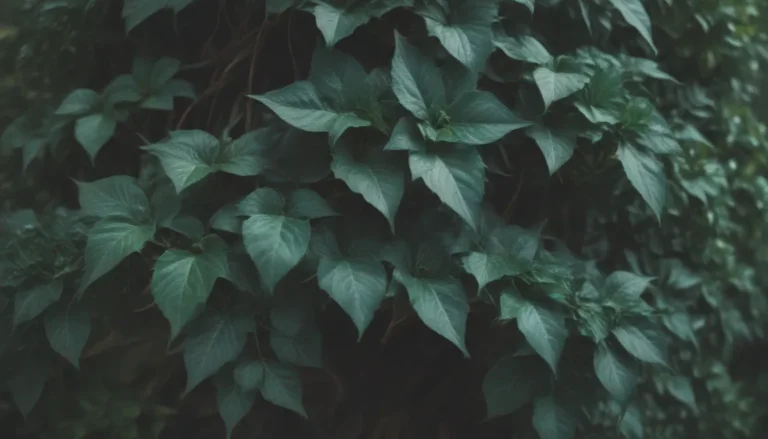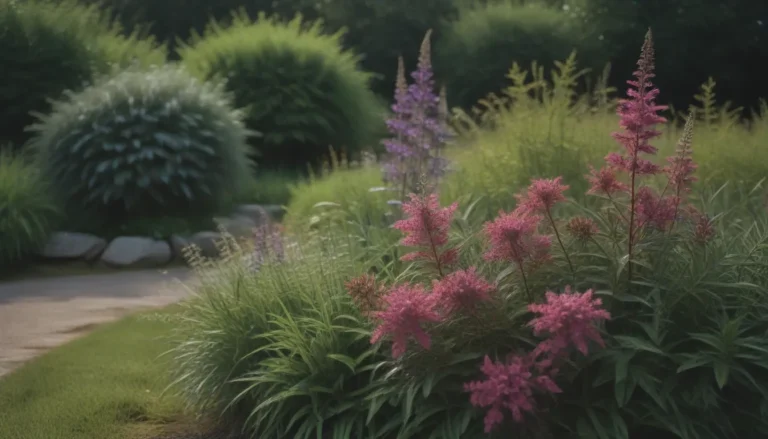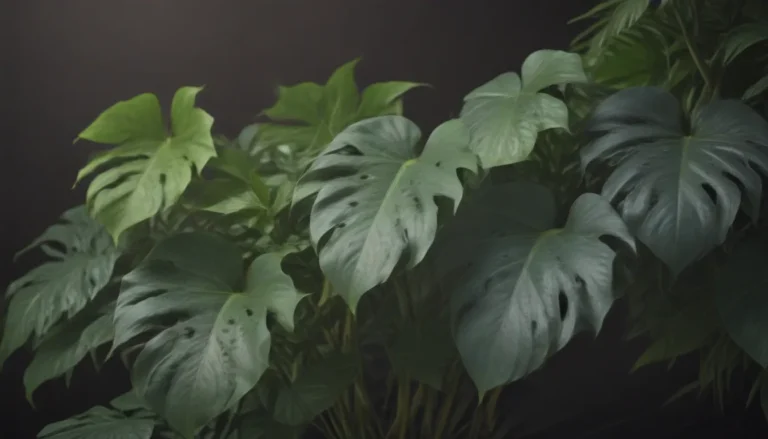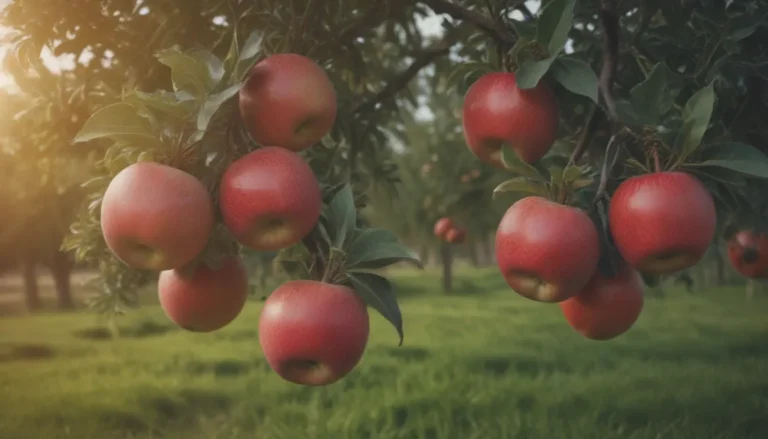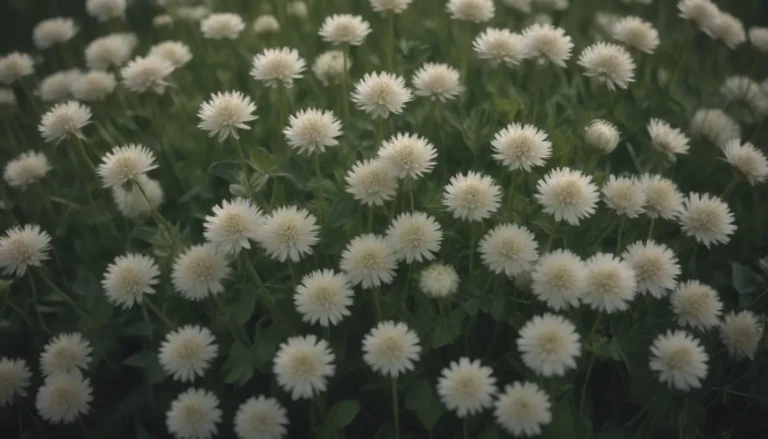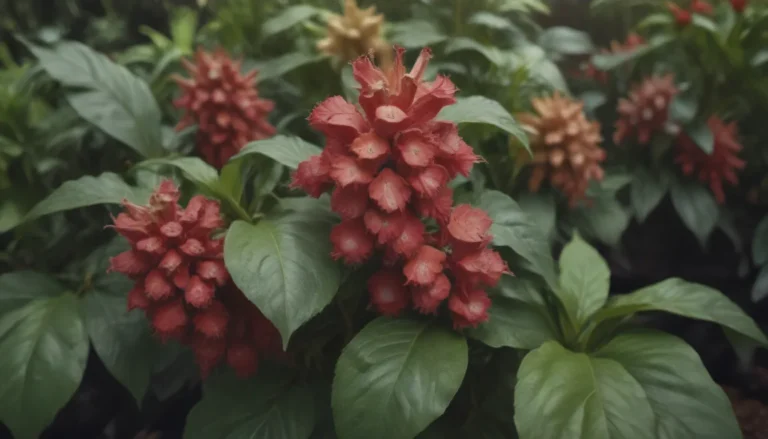The Best Trees Perfect for Zone 6 Landscapes

Are you located in USDA Zone 6 and looking to add some beautiful trees to your landscape? Look no further! In this comprehensive guide, we will explore 12 trees that are perfect for growing in Zone 6. From the stunning colors of the Amur Maple to the unique characteristics of the Weeping Blue Atlas Cedar, there is a tree for every preference and landscaping need.
Understanding Zone 6
Before we dive into our list of recommended trees, let’s take a moment to understand what it means to be in Zone 6 according to the USDA. Zone 6 is characterized by an average annual minimum temperature range of minus 10 to zero degrees Fahrenheit. This information is crucial as it helps determine which plants and trees are likely to thrive in your specific climate.
Tips Before Planting
Before you rush out to purchase your new tree, here are a few essential tips to keep in mind:
- Double-check that you are indeed living in Zone 6 or a suitable zone for your chosen tree. The right conditions can make all the difference in the health and growth of your tree.
- Consider the unique characteristics of each tree and how they will fit into your existing landscape. Choose a tree that complements your overall design vision.
Now, let’s explore the top 12 trees that grow perfectly in Zone 6:
1. Amur Maple
If you’re a fan of the vibrant fall colors of maple trees but have limited space, the Amur Maple is an excellent choice for you. This smaller species is drought-tolerant, making it ideal for dry climates. It is sure to add a pop of color to your landscape in the autumn months.
- Latin Name:
- Other Common Names:
- Native to:
- USDA Zones:
- Height:
- Exposure:
2. Austrian Pine
The Austrian Pine is a versatile tree that thrives in urban conditions and is well-suited for dry climates. If you’re looking for a low-maintenance tree that can withstand drought, this could be the perfect addition to your landscape.
- Latin Name:
- Other Common Names:
- Native to:
- USDA Zones:
- Height:
- Exposure:
3. Dawn Redwood
While the Dawn Redwood may resemble evergreen trees with its needles and cones, it is actually a deciduous conifer, adding a unique touch to your landscape. Its distinctive features make it a standout choice for Zone 6 gardens.
- Latin Name:
- Other Common Names:
- Native to:
- USDA Zones:
- Height:
- Exposure:
4. European Mountain Ash
If you’re considering planting the European Mountain Ash, be cautious if you have apple, loquat, or pear trees, as they can be affected by fire blight. Understanding the potential interactions between trees can help you make informed planting decisions.
- Latin Name:
- Other Common Names:
- Native to:
- USDA Zones:
- Height:
- Exposure:
5. Ginkgo Biloba
Known for its distinctive fan-shaped leaves, the Ginkgo Biloba is an excellent choice for a shade tree. Opt for a male cultivar to avoid the messy fruits produced by female trees. This tree is sure to add elegance to your landscape.
- Latin Name:
- Other Common Names:
- Native to:
- USDA Zones:
- Height:
- Exposure:
6. Japanese Maple
The Japanese Maple is a classic favorite for home landscapes, offering a wide range of varieties to suit every yard. Whether you prefer a weeping or upright form, there is a Japanese Maple perfect for your garden.
- Latin Name:
- Other Common Names:
- Native to:
- USDA Zones:
- Height:
- Exposure:
7. Paperbark Cherry
The Paperbark Cherry is known for its shiny trunk, resembling coppery plastic. While it adds visual interest to your landscape, be mindful of potential pest and disease issues that may impact its longevity.
- Latin Name:
- Other Common Names:
- Native to:
- USDA Zones:
- Height:
- Exposure:
8. Purple Leaf Plum
Add a touch of drama to your landscape with the Purple Leaf Plum, featuring dark purple leaves and light pink blossoms. While fruit production is uncommon, the sight of delicate blossoms is sure to enhance your outdoor space.
- Latin Name:
- Other Common Names:
- Native to:
- USDA Zones:
- Height:
- Exposure:
9. Tri-Color Beech
For a striking display of color, consider planting the Tri-Color Beech, with its white, pink, and green leaves. This tree also produces red seed pods throughout the year, adding visual interest to your landscape.
- Latin Name:
- Other Common Names:
- Native to:
- USDA Zones:
- Height:
- Exposure:
10. Tulip Tree
Named for its tulip-like flowers, the Tulip Tree is a showstopper in late spring. Keep in mind that this tree can grow quite large, providing ample shade for your yard. If you prefer a sunnier space for gardening, this may not be the best choice for you.
- Latin Name:
- Other Common Names:
- Native to:
- USDA Zones:
- Height:
- Exposure:
11. Weeping Blue Atlas Cedar
The Weeping Blue Atlas Cedar is a favorite among landscapers for its drooping branches and distinctive blue fruits loved by birds. Its unique form and characteristics make it a standout addition to any garden.
- Latin Name:
- Other Common Names:
- Native to:
- USDA Zones:
- Height:
- Exposure:
In conclusion, when selecting trees for your Zone 6 landscape, consider the unique characteristics and needs of each species to ensure they thrive in your specific climate. By choosing the right trees for your garden, you can create a beautiful and sustainable outdoor space for years to come. Embrace the beauty of nature and transform your landscape with these stunning trees perfect for Zone 6.
